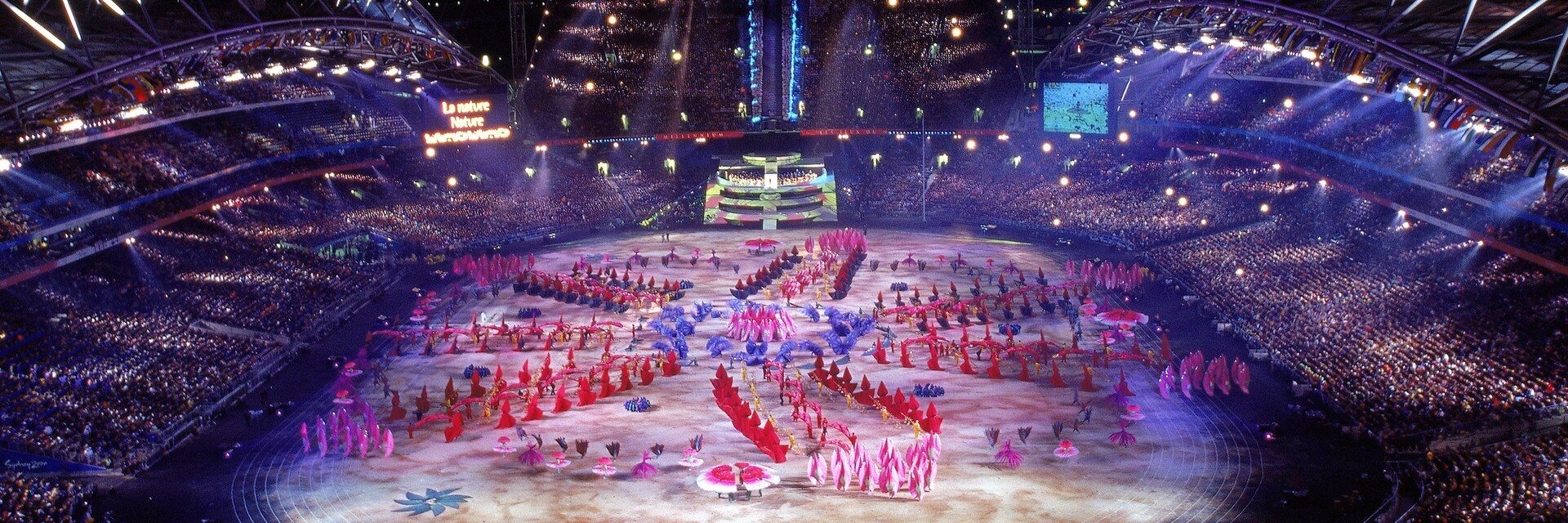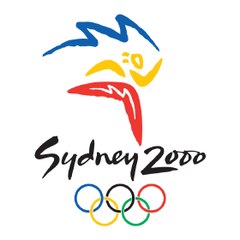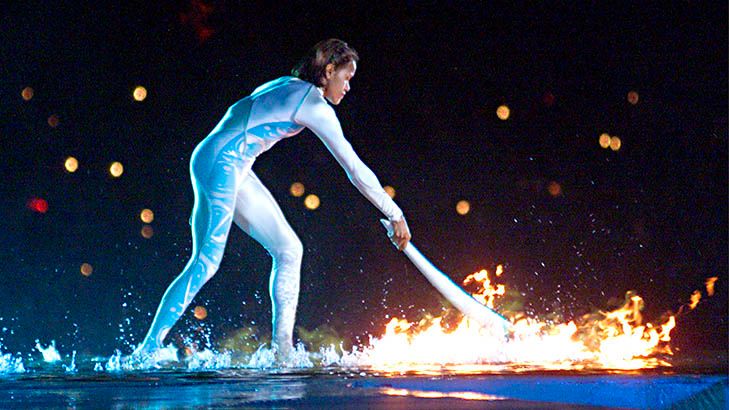
by Neera Sahni
Australia was the host nation for the 2000 Summer Olympics in Sydney.
The Sydney 2000 Olympics, officially known as the Games of the XXVII Olympiad. It is also known as 2000 Olympics or the Millennium Olympic Games or Games of the New Millennium. Sydney 2000 Olympics was an international multi-sport event held between 15 September and 1 October 2000 in Sydney, New South Wales, Australia. It was the second time, the Summer Olympics were held in Australia, and the Southern Hemisphere. The first being in Melbourne, Victoria, in 1956.
There were 10,651 (4,069 women, 6,582 men) athletes from 199 countries and participated in 300 events. Australian athletes have competed in every Sydney 2000 Olympic Games. There were 628 competitors - 341 men and 276 women. They took part in 270 events in 34 sports.
On 24 September 1993, Sydney won the right to host the Games, after four rounds of voting, selected over Beijing, Berlin, Istanbul and Manchester during the 101st International Olympic Committee Session in Monte Carlo, Monaco.
2000 Summer Olympics bidding results
|
City |
Nation |
Round 1 |
Round 2 |
Round 3 |
Round 4 |
|
Sydney |
Australia |
30 |
30 |
37 |
45 |
|
Beijing |
China |
32 |
37 |
40 |
43 |
|
Manchester |
Great Britain |
11 |
13 |
11 |
- |
|
Berlin |
Germany |
9 |
9 |
- |
- |
|
Istanbul |
Turkey |
7 |
- |
- |
- |
Cost: In 2000, the Auditor-General of New South Wales reported that the Sydney Games cost A$6.6 billion, with a net cost to the public between A$1.7 and A$2.4 billion. Many venues were constructed in the Sydney Olympic Park. In the years leading up to the games, funds were shifted from education and health programs to cover Olympic expenses.
Phases of the Olympic project:
The staging of the Sydney Olympics were treated as a massive project on a vast scale. The project broken into several broad phases:
• 1993 to 1996 – positioning
• 1997 – going operational
• 1998 – procurement/visualisation
• 1999 – testing/refinement
• 2000 – implementation
• 2001 – post implementation and wind-down
Volunteer program:
In early 1992, before the bid, volunteer program for Sydney 2000 games was established. A group of Sydney citizens, interested in the prospect of hosting the 2000 Olympic and Paralympic Games, gathered for a meeting at Sports House, at Wentworth Park in Sydney on 17 December 1992. After winning the bid in 1993, the small group of volunteers grew from approximately 42 to around 500. These volunteers became known as Pioneer Volunteers.
The Pioneer Volunteer program was managed by the Sydney Organising Committee for the Olympic Games (SOCOG) Volunteer Services Department in consultation with prominent peak groups like The Centre for Volunteering and TAFE.
During the Olympic 46,967volunteers, helped everywhere at the Olympic venues, transportation hubs and elsewhere in the city.
The official logo:
The bid logo, designed by architect and designer Michael Bryce, featured a colourful, stylised image of the Sydney Opera House.
The official logo – also referred to as the "Millennium Man" – took the image of the bid logo and combined it with a stylised image of a runner to form a torchbearer in motion; formed by two small yellow boomerangs for arms and a larger red boomerang for legs. The Olympic torch is represented through a blue smoke trail, which draws the iconic peaks of the Sydney Opera House.

Sydney Olympics 2000 Logo (Image Source: https://www.olympic.org)
The design process of the official logo, as well as all other aspects of the Olympic Games' visual design identity, was awarded to Melbourne design studio FHA Image Design.The Sydney Olympics brand identity project officially commenced in 1993.
The Mascots:
The mascots chosen for the 2000 Summer Olympics were:
• Syd the platypus
• Millie the echidna,
• Olly the kookaburra
• Fatso the Fat-Arsed Wombat - an unofficial mascot
Olympic Torch:

Sydney Olympics 2000 Torch (Image Source: https://www.olympic.org)
Sydney Olympics 2000 torch travelled across Greece, Guam, Palau, Federal States of Micronesia, Salomon Islands, Papua New Samoa, American Samoa, Cook Islands, Tonga, New Zealand and Australia. Total distance covered by the torch is over 45,693 km and 436 nautical miles – 1,693 km and 436 nautical mile in Greece, around 17,000 in Oceania and 27,000 in Australia. There were 23,400 torchbearers - around 900 in Greece, 1,500 in Oceania and 11,000 in Australia.

Cathy Freeman lit the Olympic flame to open the Sydney 2000 Games (Image Source: The Age)
Opening Ceremony: Cathy Freeman, the Australian athlete, had the honour of lighting the Olympic torch at the Opening Ceremony. This emotional moment helped symbolise the desire to reconcile with the Aboriginal populations of Australia.
![]()
Neera Sahni, Research Services Leader, Parramatta Heritage Centre, City of Parramatta, 2020
References:
https://www.olympic.org/sydney-2000
https://en.wikipedia.org/wiki/2000_Summer_Olympics
https://en.wikipedia.org/wiki/Australia_at_the_2000_Summer_Olympics


